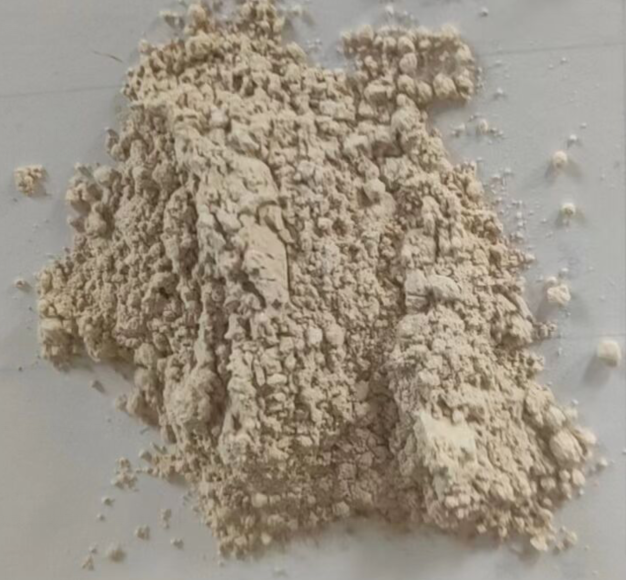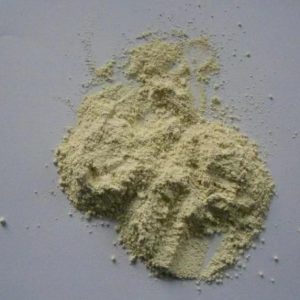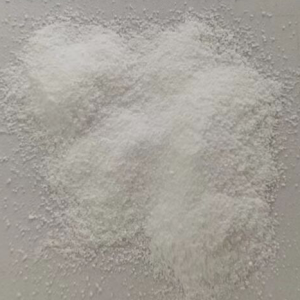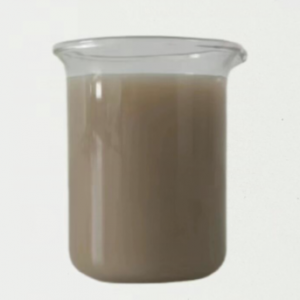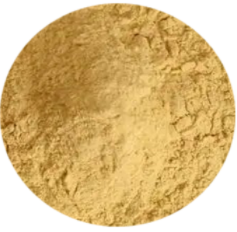Product features:
1. Unique insecticidal mechanism, wide insecticidal spectrum, long duration of efficacy, no drug resistance, and special effect on lepidoptera pests.
2. Leading fermentation technology, pharmaceutical grade, four-stage fermentation, with original drugs.
3. Organic certified products.
4. Combined use, synergistic effect with fertilizer
5. Microbial insecticide, which does not pollute the environment and is safe for humans and livestock.
Action mechanism:
It is an Aerobic Bacillus cereus that produces crystalline proteins. Bt insecticide is a microbial preparation produced by culturing Bt insecticidal bacteria, the mechanism of which is the release of toxic parasporal crystals.
After entering the digestive tract of insects, parasporal crystals (mainly composed of proteins) are destroyed into smaller units by the alkaline intestinal fluid of insects δ- Endotoxin causes the midgut to stop peristalsis and paralysis, the epithelial cells of the midgut to dissociate and stop feeding, and spores germinate in the gut. They enter the blood cavity through the damaged intestinal wall, where they multiply in large numbers, causing pests to die from septicemia. The body of the dead larvae becomes soft and black.
Applications:
Bacillus thuringiensis has a wide insecticidal spectrum and can control hundreds of pests, especially effective against Lepidoptera larvae.
It is the most widely used in vegetables, rice, grain, corn, cotton, fruit trees, tea trees, and forest areas.
Recommended crop control and use methods:
| Crop control objects | Recommended dosage | Application method |
| Cruciferous vegetables (cabbage caterpillars, diamondback moth larvae) | 450-825 g/ha | spraying |
| Rice (Rice leaf roller, Rice bract larva) | 750-975 g/ha | spraying |
| Cotton (cotton bollworm, bridgeworm larvae) | 975-1950 g/ha | spraying |
| Corn sorghum (corn borer) | 750-975 g/ha | spraying |
| Soybean (swan, sweet potato swan) | 450-825 g/ha | spraying |
| Tobacco (tobacco budworm larvae) | 975-1200 g/ha | spraying |
| Tea Tree (Tea Caterpillar), Citrus (Phoenix Butterfly), Apple (Nest Moth), Pear Tree (Tenth Caterpillar), Forest Tree (Pine Caterpillar, American White Moth) | 260-320 times dilution | spraying |
Cautions:
1. It cannot be mixed with substances such as endothermic fungicides, endothermic organophosphorus insecticides, and alkaline pesticides.
2. This product should be applied in the early larval stage, and spray evenly.
3. Do not apply in strong winds or expected rainfall within one hour.
Package:
20g*200 bags, 25kg/cardboard drum
